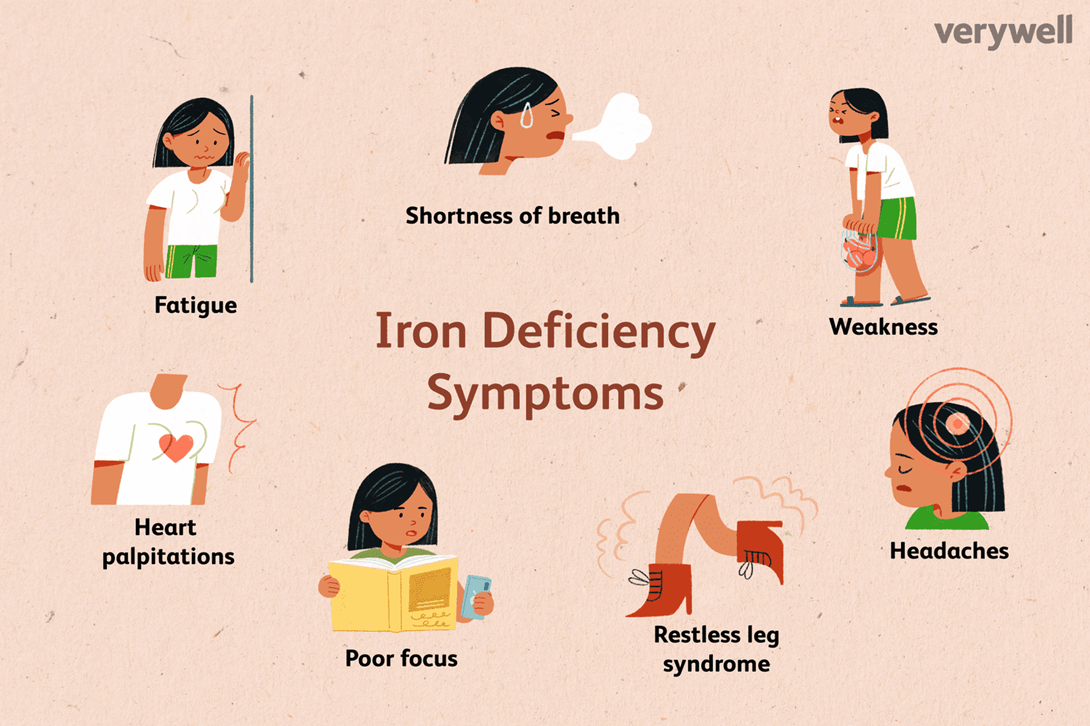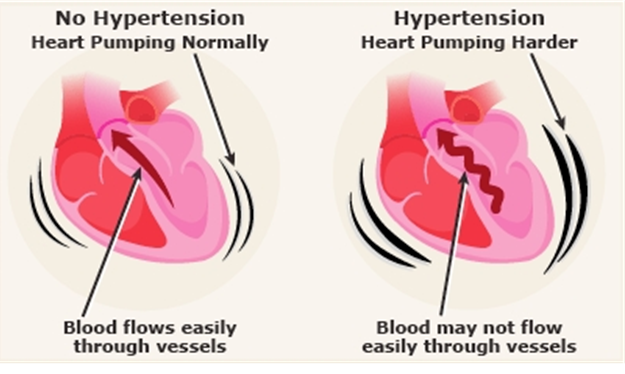Ferrous sulfate elixir is prescribed for a client with iron deficiency anemia. Which instruction should the nurse provide this client about taking the liquid medication?
Use a straw to ingest.
Swallow undiluted.
Mix with an antacid.
Take with a glass of milk.
The Correct Answer is A
Choice A Reason:
Use a straw to ingest: Ferrous sulfate elixir can cause staining of the teeth. Using a straw helps to minimize contact with the teeth, thereby reducing the risk of staining. This method ensures that the medication is ingested directly into the throat, bypassing the teeth.

Choice B Reason:
Swallow undiluted: Swallowing ferrous sulfate elixir undiluted is not recommended because it can cause gastrointestinal irritation. Diluting the elixir in water or juice can help to minimize this irritation and improve absorption.
Choice C Reason:
Mix with an antacid: Mixing ferrous sulfate with an antacid is not advisable because antacids can interfere with the absorption of iron. Iron is best absorbed in an acidic environment, and antacids neutralize stomach acid, thereby reducing iron absorption.
Choice D Reason:
Take with a glass of milk: Taking ferrous sulfate with milk is not recommended because calcium in milk can inhibit the absorption of iron. It is best to take iron supplements on an empty stomach or with a source of vitamin C, such as orange juice, to enhance absorption
Nursing Test Bank
Naxlex Comprehensive Predictor Exams
Related Questions
Correct Answer is B
Explanation
Choice A reason:
Insomnia is a known side effect of St. John’s wort. While it can be bothersome, it does not typically require further instruction beyond standard advice on managing insomnia. Patients should be advised to take the medication earlier in the day to minimize sleep disturbances.
Choice B reason:
St. John’s wort can interact with hormonal contraceptives, reducing their effectiveness and increasing the risk of unintended pregnancy. This interaction occurs because St. John’s wort induces the enzymes that metabolize contraceptive hormones, leading to lower levels of these hormones in the body. Therefore, it is crucial to instruct the client to use an additional form of contraception to prevent pregnancy.
Choice C reason:
Sensitivity to the sun, or photosensitivity, is a documented side effect of St. John’s wort. Patients should be advised to use sunscreen and wear protective clothing when exposed to sunlight. While this side effect requires caution, it does not necessitate further instruction beyond these preventive measures.
Choice D reason:
Using hard candy to alleviate dry mouth is a common and effective strategy. St. John’s wort can cause dry mouth, and sucking on sugar-free hard candy can help stimulate saliva production. This advice is appropriate and does not require further instruction.
Correct Answer is B
Explanation
Choice A reason: Hypercholesterolemia, or high cholesterol, is not a primary concern when prescribing methylphenidate. While managing cholesterol levels is important for overall cardiovascular health, it does not directly interact with the administration of methylphenidate.
Choice B reason: Hypertension, or high blood pressure, is a critical condition to review before administering methylphenidate. Methylphenidate can increase blood pressure and heart rate, potentially exacerbating pre-existing hypertension. Monitoring and managing blood pressure is essential to prevent complications such as stroke or heart attack.

Choice C reason: Diabetes mellitus is important to manage, but it is not directly affected by methylphenidate. While some medications can influence blood sugar levels, methylphenidate primarily affects the central nervous system and cardiovascular system.
Choice D reason: Bronchitis, an inflammation of the bronchial tubes, is not a primary concern with methylphenidate use. Although respiratory conditions should be managed appropriately, they do not typically interact with the effects of methylphenidate.
Whether you are a student looking to ace your exams or a practicing nurse seeking to enhance your expertise , our nursing education contents will empower you with the confidence and competence to make a difference in the lives of patients and become a respected leader in the healthcare field.
Visit Naxlex, invest in your future and unlock endless possibilities with our unparalleled nursing education contents today
Report Wrong Answer on the Current Question
Do you disagree with the answer? If yes, what is your expected answer? Explain.
Kindly be descriptive with the issue you are facing.
